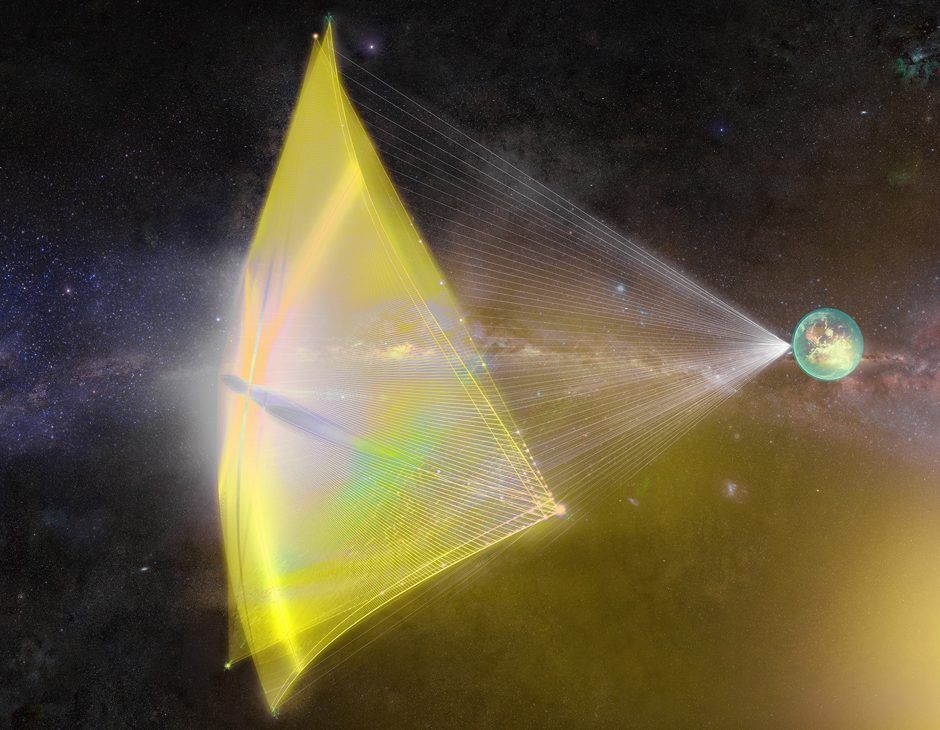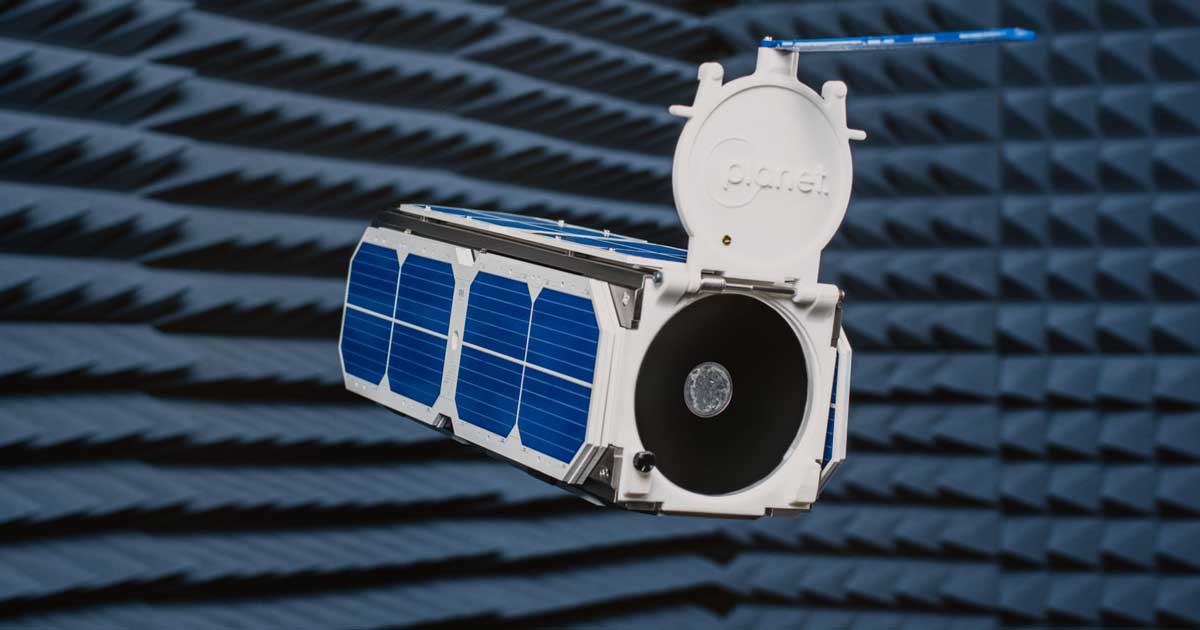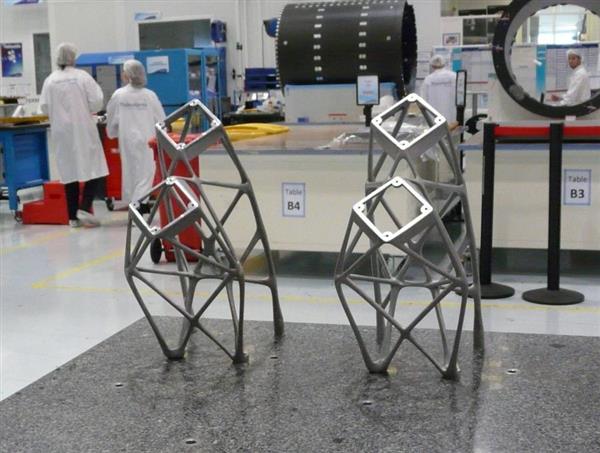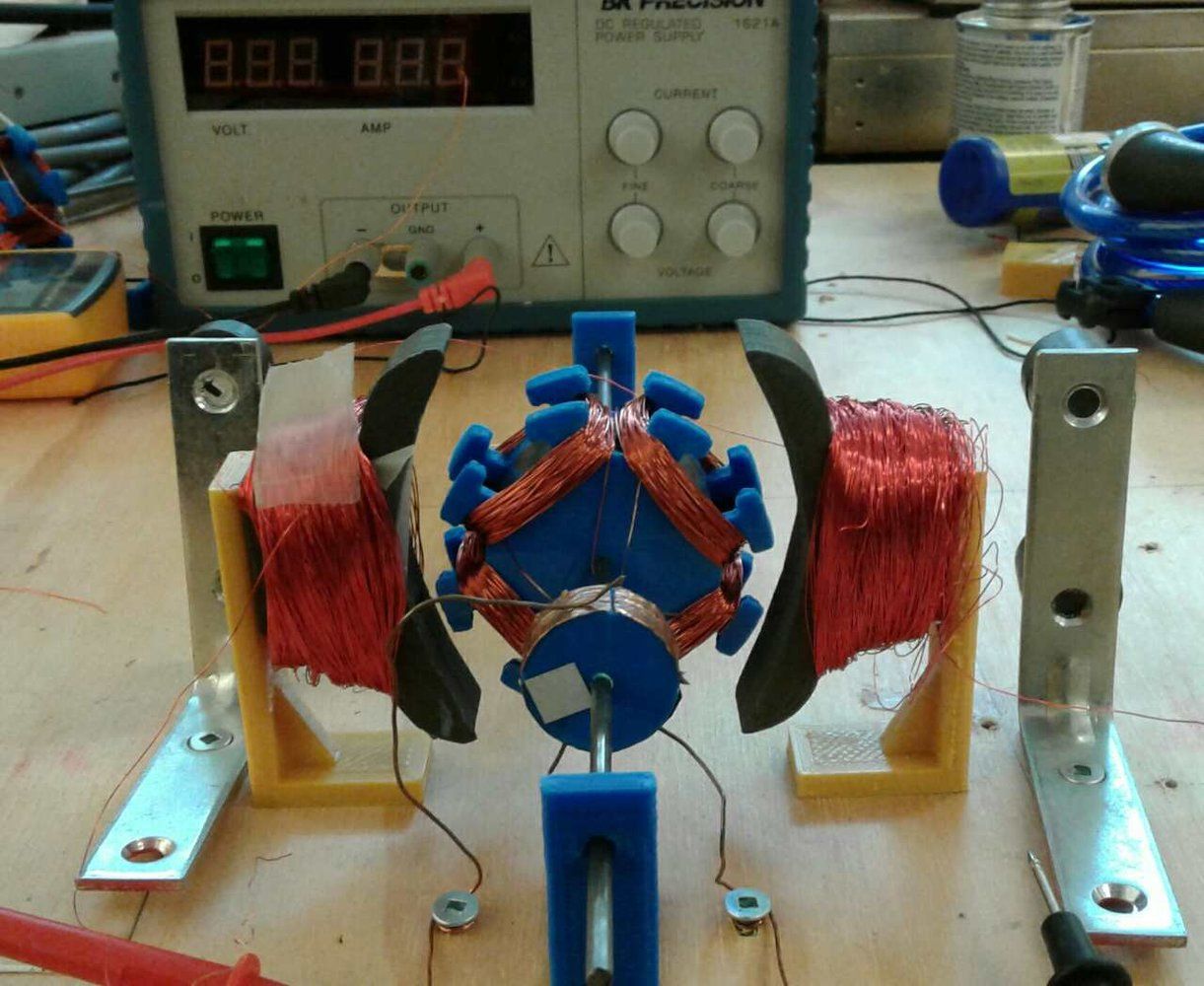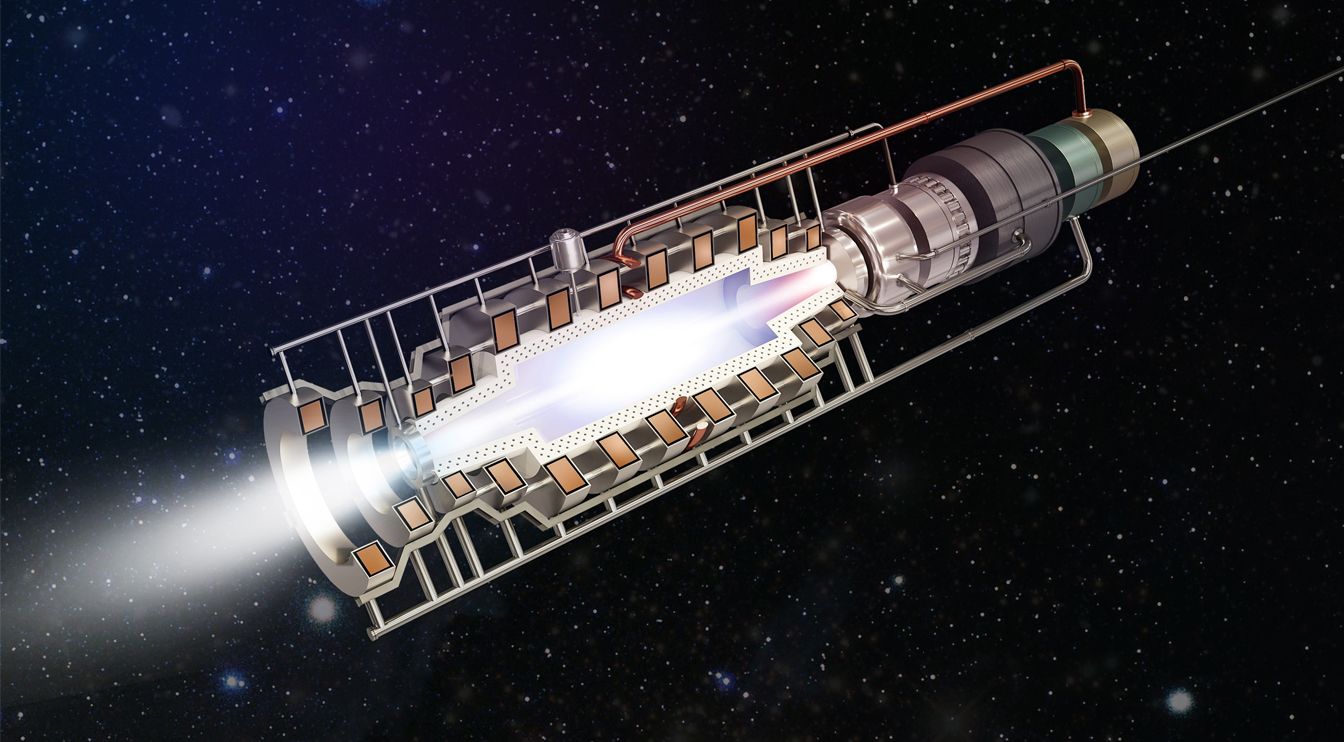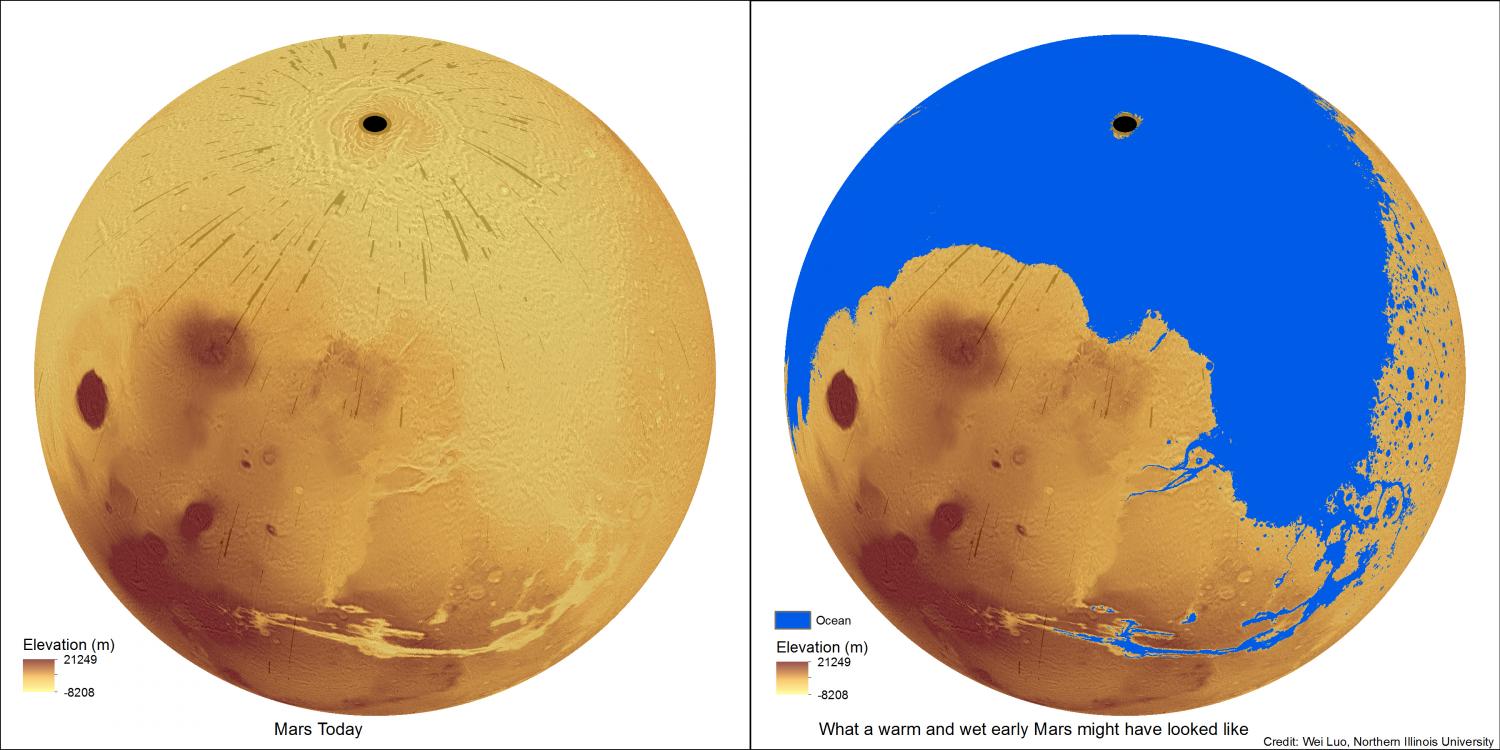A startup called OneWeb aims to make access to the internet (which the U.N. has deemed a basic human right) more widely available to those living in rural areas.
A satellite internet startup called OneWeb wants to make internet access available to all. From rural neighborhoods to completely remote communities, the company want to make sure that the internet isn’t just a luxury afforded to those who live in certain locations. Thanks in part to backing from Richard Branson of the Virgin Group, as well as Airbus and Qualcomm, OneWeb hopes to launch 720 satellites that would provide internet to places on Earth that are normally far out of reach.

